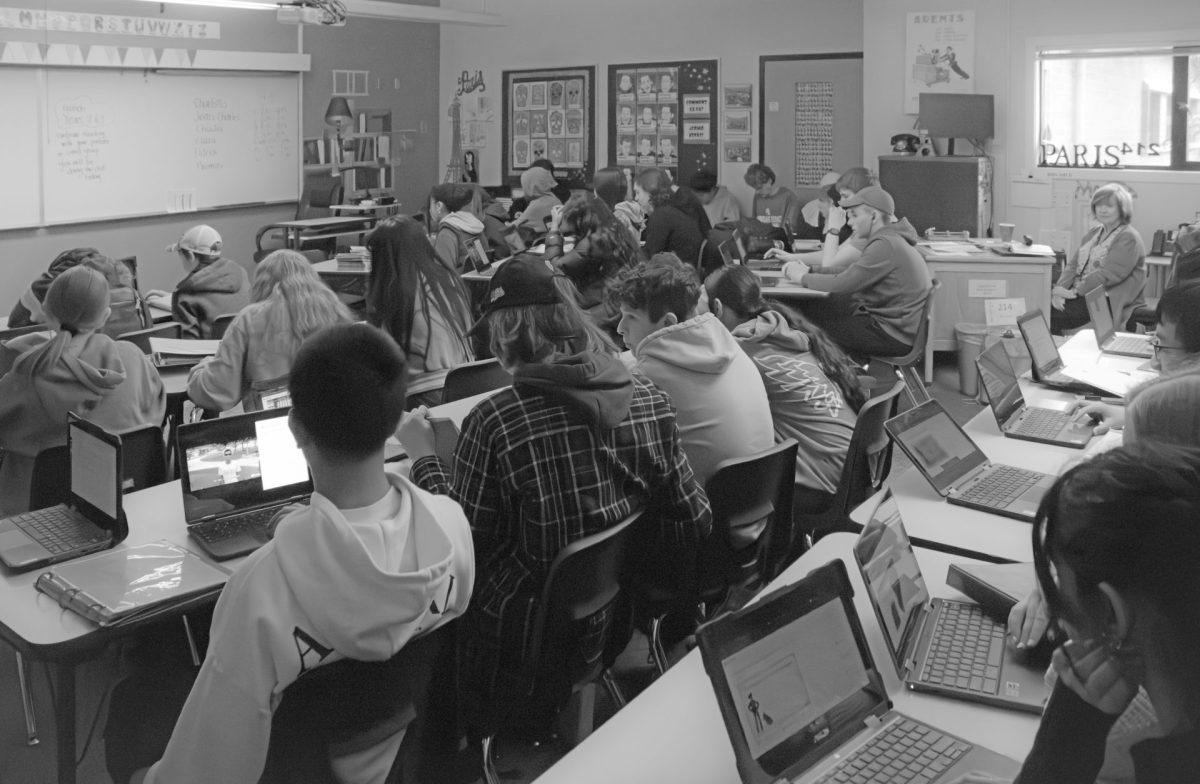Next school year, the school district is facing a projected $8.3 million budget deficit, driven largely by higher costs due to inflation. While last year’s cuts mainly affected student programs, this year’s could be much more far reaching, affecting both students and staff across the district, with layoffs potentially on the horizon if the issue isn’t addressed.
“We are a people business… 88 to 89 percent of our expenditures are salaries and benefits. So when it’s that high, if you have to make cuts, it has to generally come out of salaries and benefits,” said district superintendent Dr. Rebecca Miner. She said that the reality at this point is that there isn’t much left to cut, as everything that was easier to cut already was.
Large class sizes due to reductions in staff have already been negatively affecting students, and budget cuts could make the problem even worse next year.
A large reason why the school district has faced budget issues this year and in past years is the cumulative effects of unfunded mandates. Unfunded mandates are requirements imposed on school districts by the state legislature without funding to cover the cost of implementing these requirements.
“When I started as an educator, 19 credits were required for high school graduation…As seniors, they didn’t take five periods, or they TA, or they did other things. Well, now it’s 24 credits, and students have to take a class, a credit, burn a class every period of every year. But we didn’t get any increased funding for that,” said Dr. Miner. “We have more staff to support these more rigorous graduation requirements, but we didn’t get any additional money.”
“And to be really clear, I don’t think most of these things are in any way, shape or form bad. In fact, many of them have been very positive, but we’re not funded for them,” she said.
Another example of this was the Becca Bill, a piece of legislation designed to help ensure that students are attending class. Included in it were additional reporting requirements for school districts that lead to increased costs.
“[It] had great intentions of supporting students and keeping them safe and having additional attendance reporting requirements, etc. for districts, but we didn’t get additional staffing for that,” said Dr. Miner.
While the projected budget cuts could be disastrous, there is still time for the legislature, which funds the majority of the district’s budget, to change course. Several bills that would increase education funding in a variety of areas, including special education and material supplies and operating costs (MSOC) are floating around the legislator. It is very possible that one or more of these bills pass, preventing the need for cuts.













